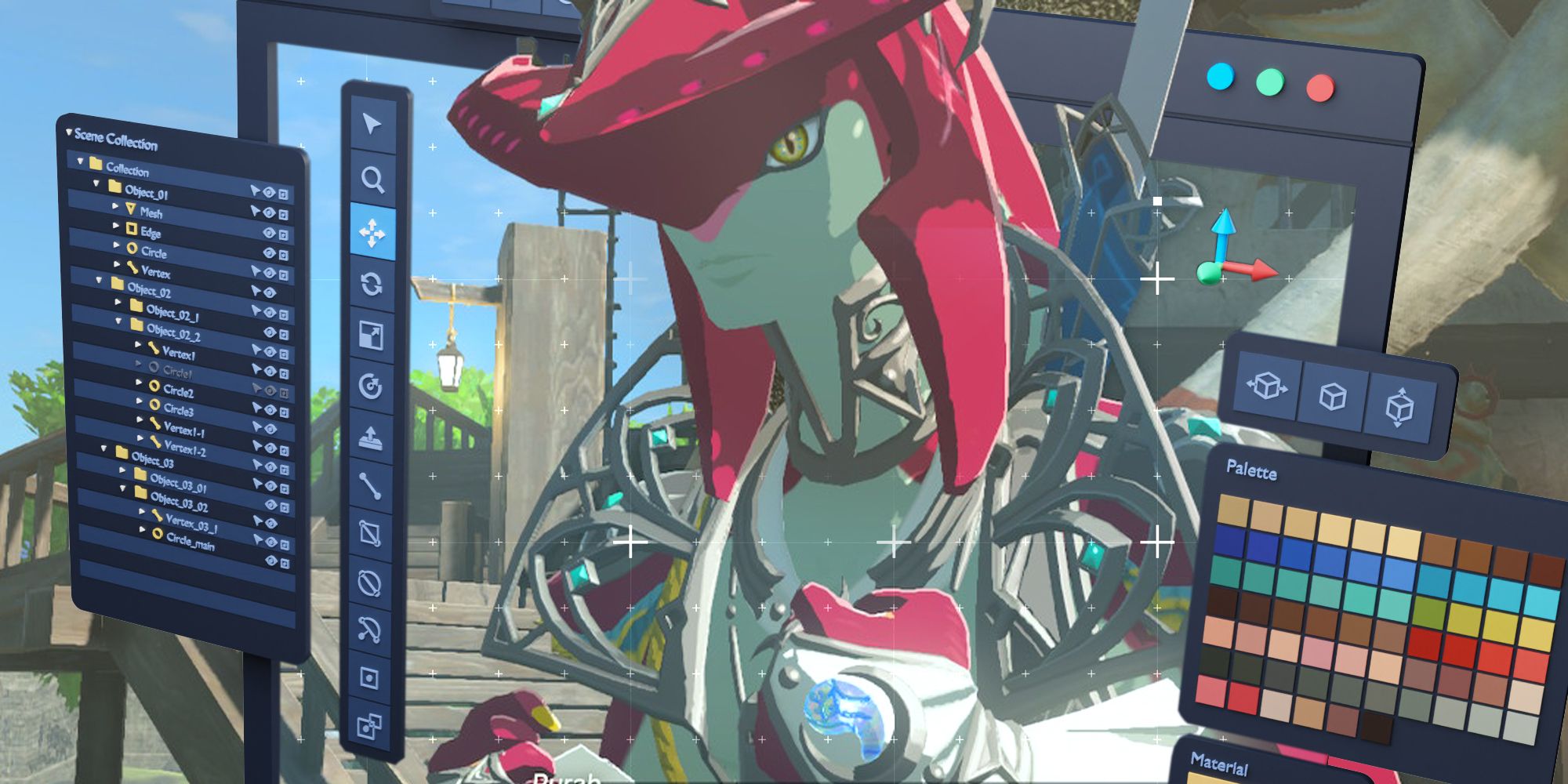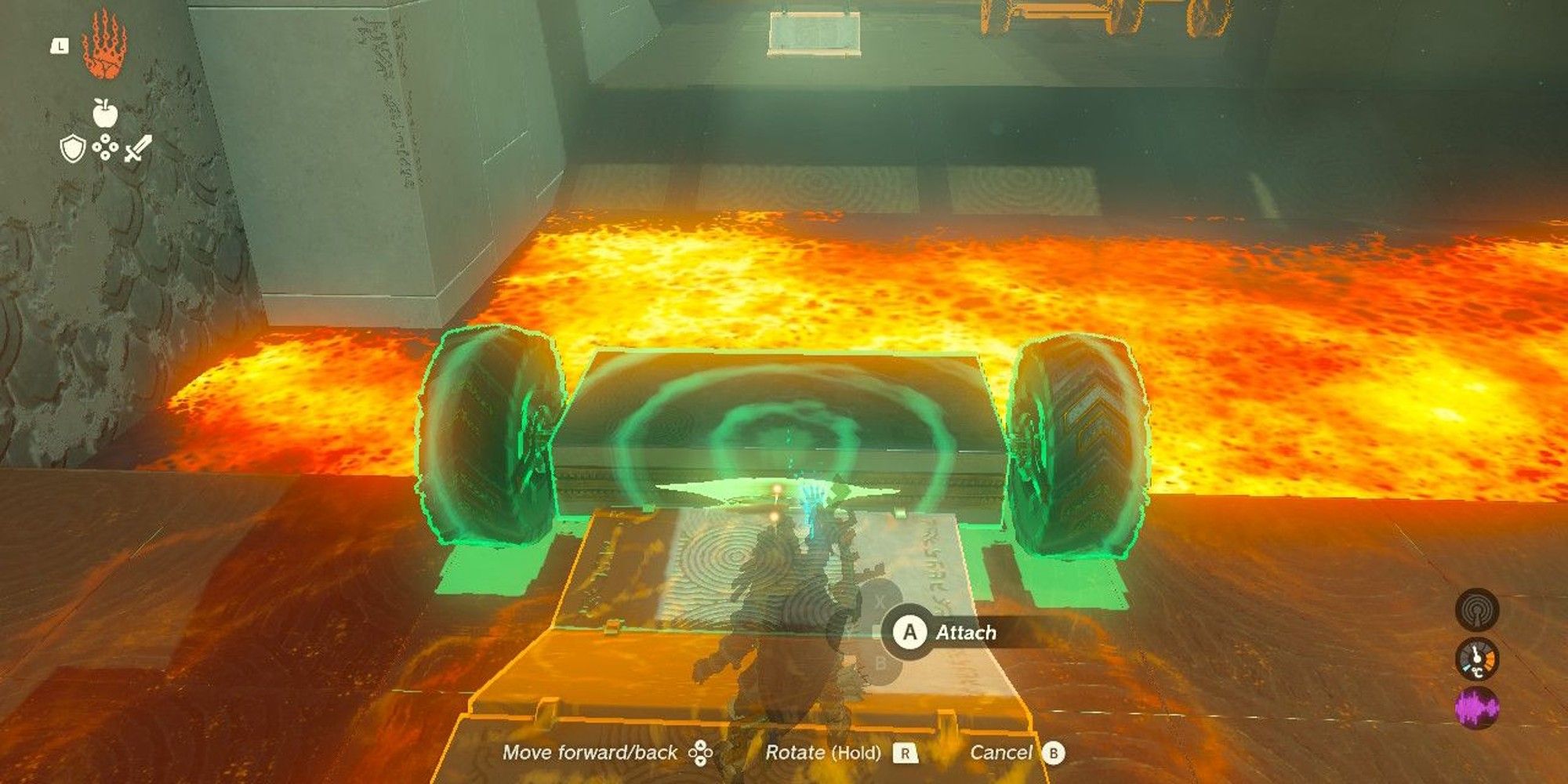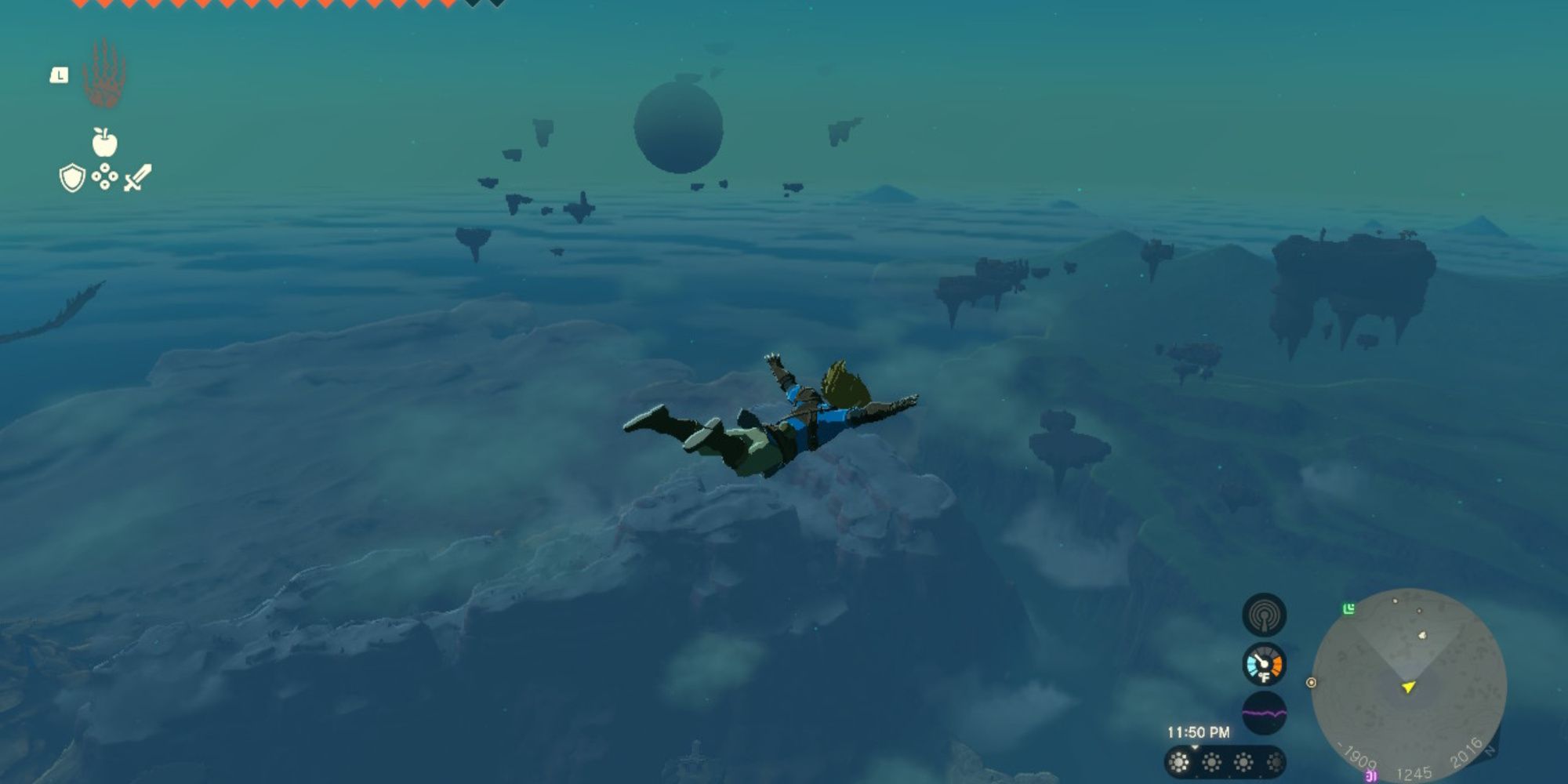Videos of The Legend of Zelda: Tears of the Kingdom have been going viral every day over on Twitter, and the things that impress me as a player are never the same things that impress actual game developers.
I was amazed when I saw someone deploy an aircraft that launched killer drones which infiltrated a bokoblin skull hideout, killing them all with laser beams. But developers are consistently most impressed by things that don’t seem that special at first, like the shrine which tasks the player with welding a suspension bridge to a pair of wheels then sending it across a lava pool to create a walkable pathway.
When I played that shrine, I thought it was cool, but it didn’t break my brain. It’s the same way that powers like Recall and Ascend register to me as innovative and fun to use, but don’t prompt deep thoughts about how they're even possible. I don't know how to make a game; it all seems magical. This is how most players experience games. We only know what is visible in the final product or what is revealed through behind-the-scenes videos. I love reading about weird hacks developers used to solve strangely specific problems, but I have very little first hand knowledge aside from some sessions with games like Super Mario Maker and the easy-to-use design tool Bitsy Game Maker.
I think most gamers have that amount of experience or even less. Though plenty of young Millennial and Gen Z players came of age playing Minecraft and Fortnite, those are tools that teach you to be creative with what you can see on the front end. Most of us still have little experience on the back end, and it affects the way we understand and discuss the medium.
Paying attention to the way developers talk about Tears of the Kingdom has been revealing. It's the same feeling I had when I saw developers fawn over Ellie being able to take off her shirt in a cutscene or carry a wire around with accurate physics in The Last of Us Part 2.
I try to work this kind of astonishment into my own understanding of the medium. Players tend to be impressed by the stuff that looks pretty or is self-evidently flashy. A game having really detailed graphics or gorgeous use of ray tracing tends to impress us. Zelda doesn't have either of those things. It's a good looking game in the same way Breath of the Wild was, with graphics that split the difference between Twilight Princess' stylized realism and The Wind Waker's cel-shading. As my colleague Eric Switzer pointed out, it doesn't look high-end, and there are clear signs that the game is pushing the hardware further than it can comfortably go. The bells and whistles that we tend to see as "next-gen" aren't there.
Which is why it's so interesting to see Tears of the Kingdom get a jaws-on-the-floor reception from developers. Games like Ratchet & Clank: Rift Apart and Horizon Forbidden West do look brand new, but Zelda is the title that has earned shock and awe from the people who understand most deeply how the meat skewers are made. Paying attention to their reaction has given me a deeper appreciation for a game I already loved. And I’m itching to hear GDC talks that break down how all this works in terms that I can understand. For now, I'll settle for being ignorant, but impressed.



